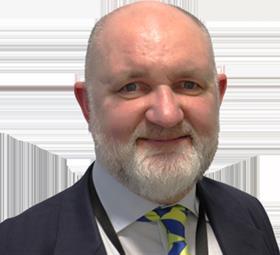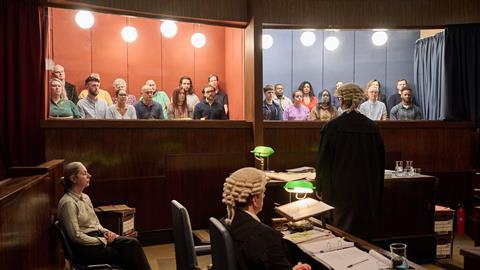Warning: This article contains spoilers!
The TV programme The Jury: Murder Trial, broadcast on Channel 4, was entertaining but not informative viewing. It may well have provided some drama for those who like a certain type of 'reality TV', but the claims of its makers that the programme would 'examine the jury system for the first time on British television by recreating an entire, real murder trial in front of two randomly selected juries, neither of whom are aware of the other' was a claim that fell far short of the 'forensic look at the inner workings of justice' that was also promised.

Broadcasters have tried similar programmes before. As far back as 2007, I assisted with another Channel 4 programme, Consent (produced by Century Films), which filmed a randomly selected jury deliberating on a fictitious rape trial, using real lawyers and a retired judge to sum up (although victim and accused were both actors). That was a decent attempt at understanding how a jury may approach their task after retiring, but of course subject to the obvious problem that the victim and defendant whose 'evidence' they were judging were not real.
The new programme by ScreenDog productions, recently aired on Channel 4, tried a similar concept for a murder trial, using actual transcripts from a real case, and with their novel idea of filming two juries. However, the non-random way the juries were selected undermined any real understanding that could be gleaned from the test and control exercise.
Both juries had in common a carefully curated selection of 'characters', with distinct personality traits or 'interesting back-stories' to spice up the deliberations. Many of these individuals played up to the camera, a process made worse by the 'cut-away' confessional interviews. Very early on it became clear that the programme opted for sensationalism and confected drama over reality. It was perhaps inevitable therefore that they would reach different conclusions (one jury finding for murder, the other manslaughter) thus generating the controversy the producers and broadcasters presumably craved.
The pressure to perform meant that individual juror prejudices which might otherwise be moderated in a real retiring room were amplified, perhaps best illustrated by one 'larger-than-life' character who seemed to play to the cameras rather than his fellow jurors.
The kindest interpretation for the general display of ignorance and emotion over evidence is that all the participants were aware the person in the dock was an actor, and thereby not in real jeopardy of conviction or an actual sentence. He, the actor/defendant, was playing his part, and it seemed the jurors too were playing theirs, acting out how they thought a juror might behave, or perhaps auditioning for the Henry Fonda role in 12 Angry Men.
A less generous observer might question if some jurors were keen to see themselves as the 'celebrity' figures that their TV appearances may well now make them in Chelmsford, like slightly less tanned characters from TOWIE.
Some commentators that should – and probably do – know better have somehow persuaded themselves that this tawdry TV provides some meaningful insight into how an actual jury might perform. In that respect, those commentators too are providing a paid 'performance piece' because the insights to be gained from this exercise are limited.
With proper research into juries generally prohibited, the most efficient way to gain insight is to serve on a jury, and generally anecdotal evidence is positive. A better guide to the real jury process is the book The Juryman’s Tale, an account by magistrate, journalist and former newspaper editor Trevor Grove of his experience on a jury.
Jury trials only work if we retain confidence that the 12 citizens selected are suitably well equipped to make an informed assessment of the evidence and reach the right verdict in accordance with the law. In practice, this is not always possible and that is why miscarriages of justice can arise. While there may be other causes of miscarriages – botched investigations, bad laws, perjury, police bias, inadequate disclosure, for example – as Mark Twain once observed there is 'probably no remedy for a jury that lacks common sense'.
A good system of justice, however, is one that recognises juries do not always get it right and looks how best to correct errors with a robust and fair appeal system, while also maintaining confidence by allowing an examination of the issues. Because a jury does not give reasons for their verdicts, it affects the way in which an accused person can appeal against their conviction, typically focusing on the adequacy and fairness of the judge's directions to the jury if challenged, rather than whether the jury understood or followed them.
As a rule of thumb, I share the public’s confidence that juries usually reach the correct decision on the evidence which they have heard in criminal trials and believe they can be a useful check or balance on executive over-reach or over-prosecution.
The way the jury process was portrayed in this programme, however, would dent the confidence of any rational person, so it is important to recognise that it has no more validity to a real jury deliberation than Love Island would as a guide to navigating relationships.
My verdict: guilty of misrepresentation.
Greg Foxsmith is a legal director in the criminal litigation team at Kingsley Napley LLP
































No comments yet